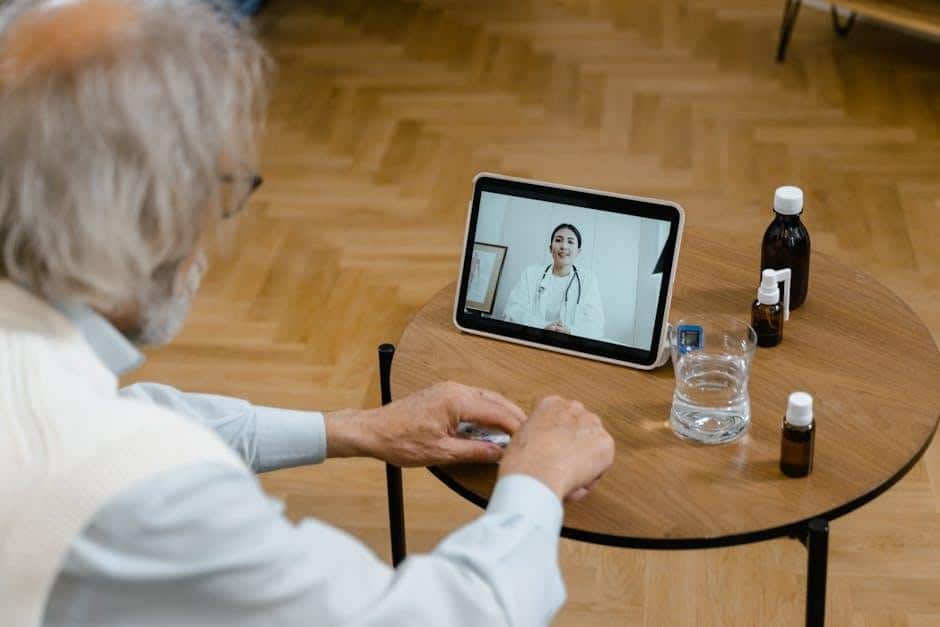A patient glances at the clock. Time evaporates between busy schedules and unexpected errands, yet health concerns don’t wait politely. The way medication is prescribed has changed. We no longer have to fight morning crowds in cramped surgeries for a slip of paper to hand to the chemist. The digital revolution has transformed healthcare delivery easier and faster. Technology now combines clinical care and ease at every stage. Now the question looms: How do modern patients transition from concern to collection in this new digital age?
Virtual Gatekeepers: Starting with Online Consultation
Is the traditional appointment book still relevant? The old appointment book has become completely obsolete, especially for those who are familiar with services like Anytime Doctor (anytimedoctor.co.uk). Here, booking a GP no longer involves relentless phone queues or awkward explanations to receptionists within earshot of strangers. Instead, patients fire up their devices—morning or midnight makes no difference—to fill out tailored health assessments online. A registered doctor reviews symptoms and medical history before intervening via secure messaging or video call, if necessary. What stands out isn’t just speed—it’s privacy and flexibility, both impossible when trapped in traditional waiting rooms packed with coughs and anxiety.
Digital Prescription Handover: Secure Transmission
Once a diagnosis arrives (and it does), there’s no crumpled green slip handed across a desk, nor risk of misplacing anything vital on the journey home. Instead, prescriptions are transmitted directly across encrypted channels from doctor to pharmacy—no courier, no detour through additional paperwork purgatory. Compliance with strict digital security seems non-negotiable here; medications aren’t just stored as electronic files but treated as confidential instructions that pass silently between trusted hands. All of this is invisible to the end user, yet it operates with extreme precision, leaving minimal room for error.
Pharmacy Coordination: Bridging Doctor and Dispenser
Not every pharmacy operates at the same pace—a handful still rely on faxes—but most have adapted to evolving demands. Digital prescriptions land swiftly behind counters; staff pick and check medicines while software triple-checks everything against each patient’s record for interactions or allergies that might be missed by hasty eyes alone. Thanks to these connected systems, there is less room for error and fewer opportunities for prescription fraud to slip through outdated paperwork processes.
Collection or Delivery: Final Step Made Effortless
Here stands perhaps the most radical improvement—instead of queuing impatiently next to a wire rack of cough sweets, many patients receive real-time updates when their medicine is ready or choose doorstep delivery that fits around their lives, rather than forcing fresh disruption into them. The collection process can feel almost anticlimactic because so much friction has been stripped away from earlier steps: one ID check and out the door, or even better, zero need to step outside at all if couriered directly by specialist partners with temperature control sorted as standard.
Conclusion
The modern landscape re-establishes power in the hands of patients, without compromising safety along the way—a remarkable achievement that should not be overlooked. Technology hasn’t erased doctors’ judgement or pharmacists’ diligence; it simply ties them together so tightly that confusion gets squeezed out entirely. Healthcare suddenly meets reality head-on—when problems arise unpredictably—and doesn’t fall apart under time pressure like brittle systems of old ever did before digital took hold properly.

